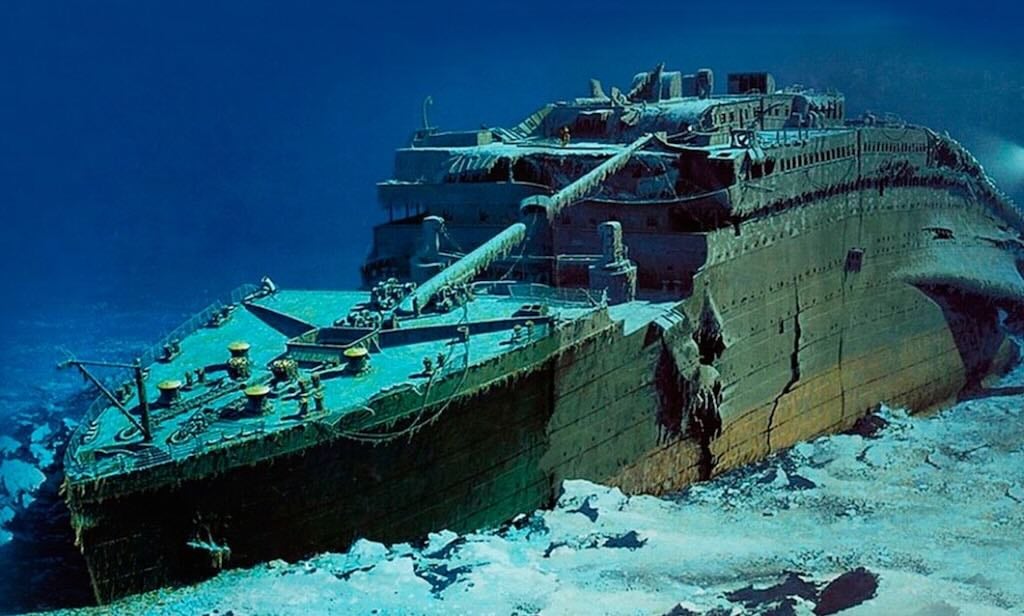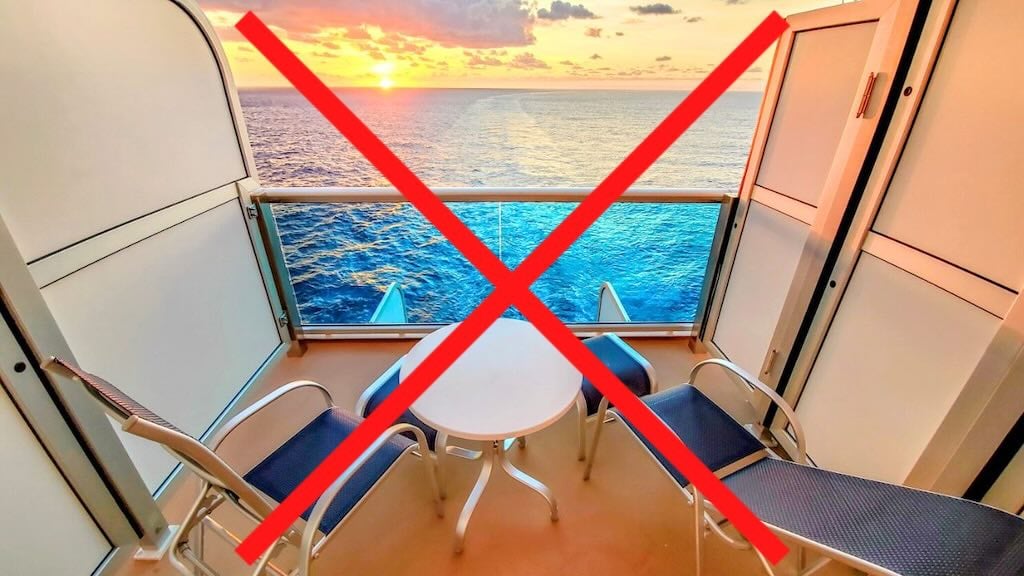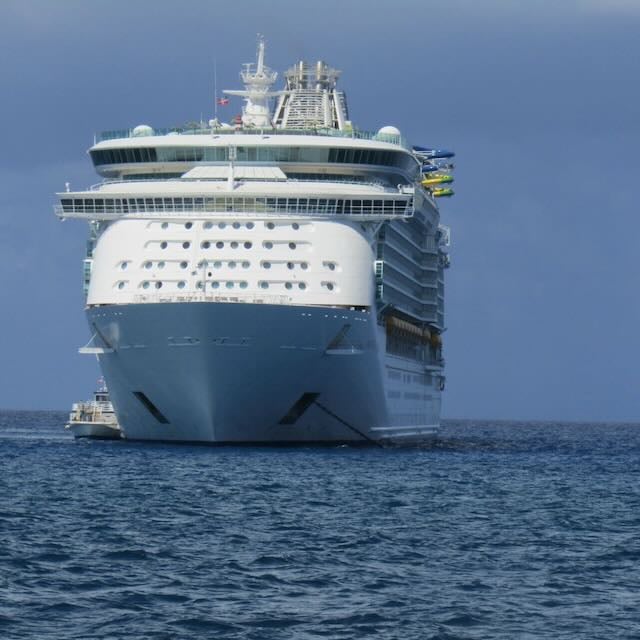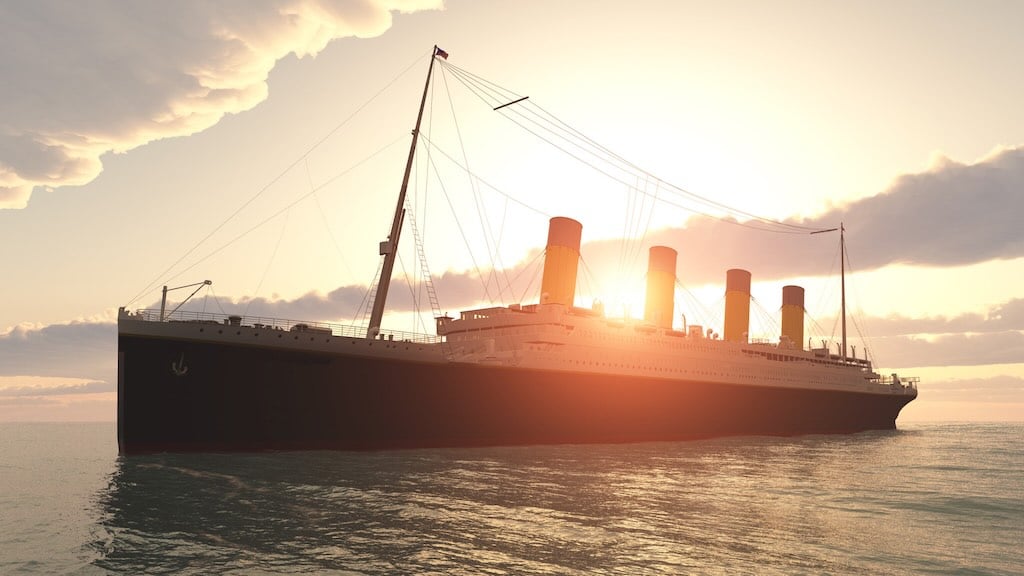So, will the Titanic ever be brought to the surface? The truth is no — it never will. The wreck lies almost two and a half miles beneath the Atlantic Ocean, shattered into pieces and weakened by over a century of saltwater corrosion. The ship is simply too fragile, too massive, and too costly to ever raise.
Even if it were technically possible, the ethical questions are just as heavy. Many see the site as a maritime grave that should remain untouched out of respect for the 1,500 lives lost.

Still, it’s easy to see why this question never goes away. The Titanic remains one of history’s most captivating stories, and while the ship itself will never be brought to the surface, its artifacts, stories, and museum experiences continue to keep its legacy alive.
Table of Contents
Why People Still Wonder If the Titanic Could Be Brought to the Surface
More than a century has passed since the Titanic sank, yet the question will the Titanic ever be brought to the surface keeps resurfacing. Part of this is because the ship is more than just a wreck — it’s a symbol of ambition, tragedy, and human resilience. The idea of seeing her rise again captures the imagination in a way few other historical events can.
I felt this fascination myself when I visited the Titanic Museum Attraction in Pigeon Forge, Tennessee. Walking through recreated corridors, holding a boarding pass with a real passenger’s name, and even testing how cold the Atlantic water was on that night — it all made the Titanic’s story feel real in a way books and documentaries can’t. I even snapped a photo inside to remember the experience.

That’s part of why people still ask the question. Movies, documentaries, and submarine expeditions have only fueled the obsession. Images of the wreck lying silently on the seabed, its bow still recognizable, make it seem almost within reach. But the truth is far more complicated. The Titanic isn’t a time capsule waiting to be lifted — it’s a fragile, corroding structure that has already begun to collapse into the ocean floor.
What draws people to this question is the same thing that draws millions to Titanic museums and exhibitions around the world: a desire to connect with history in a tangible way. While the ship itself will never be brought up, artifacts and immersive museum experiences have allowed us to step closer to its story without disturbing its final resting place.
In this guide, we’ll break down the scientific, logistical, and ethical reasons the Titanic will never be raised — and what you can do if you want to experience the closest thing to walking her decks today.
The Titanic Will Never Be Brought to the Surface — Here’s the Truth
When people ask will the Titanic ever be brought to the surface, it’s tempting to think modern technology could make it possible. After all, we’ve sent spacecraft to Mars and drilled miles beneath the Earth. But the Titanic presents a perfect storm of impossible challenges that make raising it out of the question.
The Depth and Crushing Pressure of the Atlantic
The wreck lies nearly 12,500 feet (2.37 miles) below the ocean’s surface. At this depth, the water pressure is more than 370 times greater than at sea level. Any large-scale operation would face extreme engineering difficulties. To put it in perspective, even everyday objects collapse instantly at this depth — a simple Styrofoam cup taken down on expeditions comes back crushed to the size of a shot glass.
We were reminded of just how unforgiving this environment is in 2023, when the Titan submersible carrying five people to visit the Titanic imploded under the immense pressure, killing everyone aboard. If a specially designed sub couldn’t withstand conditions for a single dive, imagine the impossibility of lifting an 882-foot ship.
And yet, the fascination continues. In 2025, reports surfaced that an anonymous billionaire is paying $10 million to fund a new dive to the wreck — hoping to be the first person to reach the Titanic after the Titan tragedy. Whether or not the expedition succeeds, the story highlights just how much risk and money it takes simply to visit the site, let alone attempt to raise the ship.
The Titanic’s Immense Size and Weight
The Titanic wasn’t just a ship — it was the largest moving object of its time. At 882 feet long and weighing over 52,000 tons, moving it from two and a half miles underwater would be a feat beyond even today’s technology. And since the ship is broken into two main sections, each would have to be lifted separately, doubling the complexity.
Why the Wreck Is Too Fragile to Move
After more than a century in saltwater, the Titanic’s steel has become incredibly fragile. Scientists warn that much of the wreck is collapsing in on itself. Attempting to lift it would likely cause it to shatter into pieces, erasing what little remains intact.
The Billion-Dollar Price Tag
Even if these problems could be solved, the cost would be astronomical. Estimates suggest such an operation would run into the billions of dollars. Considering the wreck is already deteriorating and cannot be preserved once lifted, few governments or organizations would ever commit those kinds of resources.
In short, the Titanic is simply too deep, too massive, too fragile, and too expensive to ever raise.
What Has Actually Been Recovered From the Titanic
While the answer to will the Titanic ever be brought to the surface is no, that doesn’t mean nothing has been salvaged. Since the wreck was discovered in 1985, expeditions have carefully recovered thousands of artifacts that give us a glimpse into life aboard the ship.
Some of the most notable items include:
- Personal belongings such as jewelry, clothing, and letters.
- Ship fittings like dinnerware, chandeliers, and furniture.
- Sections of the ship itself, including railings, window frames, and flooring.
The most famous recovery came in 1998, when a 15-ton hull fragment known as “The Big Piece” was lifted from the seabed. Measuring about 12 by 26 feet, it is one of the largest Titanic artifacts in existence and is now displayed at Titanic exhibitions in the United States.
Many of these artifacts travel in rotating exhibitions or are on permanent display at Titanic museums in places like Orlando, Las Vegas, and Pigeon Forge. Seeing these items up close is a powerful reminder that the Titanic was not just a ship, but a place where thousands of people lived, dreamed, and tragically lost their lives.
Of course, not everyone agrees with these salvage missions. Some argue that removing objects from the wreck site is a form of disturbance, while others believe preserving and displaying them helps keep the Titanic’s memory alive.
The Ethics of Raising the Titanic
Even if the Titanic could somehow be brought to the surface, the ethical debate is just as decisive in preventing it. The wreck is more than a ship — it is a maritime grave and a site of immense historical value. Here are the key reasons many experts believe it should never be disturbed.
Respecting the 1,500 Lives Lost
More than 1,500 people died when the Titanic sank. For many, the wreck is their final resting place. Disturbing the site is viewed much like digging up a cemetery. Out of respect for the dead and their descendants, most believe the ship should remain untouched.
Preserving the Wreck as an Underwater Memorial
Archaeologists argue that the Titanic is best preserved in situ — exactly where it lies. Its position on the seafloor tells a story, from the bow and stern lying apart to the debris field scattered between them. Removing the ship or even artifacts can erase important historical context.
The Problem With Commercializing Tragedy
Critics also point to the risk of turning the Titanic into a profit-driven attraction. Museums and exhibitions that display salvaged items can earn millions. For example, Titanic Belfast reported more than £4 million in profits in a single year. Many argue that commodifying such a tragedy disrespects those who perished.
Should Money Be Spent Elsewhere?
Finally, there’s the question of priorities. Raising the Titanic would likely cost billions of dollars. With so many global challenges — from preserving other endangered historical sites to tackling poverty and climate change — many feel those resources would be far better spent elsewhere.
Taken together, these ethical concerns are just as strong as the scientific and financial barriers. Even if technology existed to lift the wreck, the moral case against it is overwhelming.
How Long Before the Titanic Completely Disappears?
The Titanic has been on the ocean floor since 1912, and while parts of it still look recognizable, the wreck is rapidly deteriorating. Bacteria known as “rust-eating microbes” are consuming the ship’s iron, slowly turning the steel into a substance called rusticles — fragile, icicle-like formations that crumble easily.
Experts estimate that the Titanic may lose much of its recognizable shape within the next 20 to 30 years. The bow and stern are already collapsing further into the seabed, and once-distinct rooms are becoming unrecognizable. In time, the wreck will likely disintegrate into little more than a scattered debris field.
This natural decay is part of why so many scientists and historians argue against disturbing the wreck. The Titanic is undergoing its own process of transformation into an underwater memorial, and while it won’t last forever, the data gathered now ensures its story will continue to be told.
Rather than being raised, the ship will remain a powerful symbol of history — disappearing gradually, but never forgotten.
Want to See the Titanic? Here’s the Better Option
Since the answer to will the Titanic ever be brought to the surface is a clear no, the best way to connect with the ship today is through the artifacts, stories, and recreations found in museums.
Around the world, you’ll find dedicated Titanic museums and exhibitions that let you walk recreated corridors, see authentic passenger belongings, and even feel how cold the Atlantic was on that April night. These experiences give you the closest thing possible to standing on the Titanic without disturbing the wreck itself.
If you’d like a full breakdown of the best places to experience the Titanic’s story, I put together a detailed guide here: The 10 Best Titanic Museums in the World.
For most people, these museums are the most meaningful and respectful way to connect with the Titanic — preserving its memory while leaving the wreck undisturbed.
Jim’s Take: Why the Titanic Belongs Where She Is
As someone who loves ships and the history behind them, I understand why people still wonder will the Titanic ever be brought to the surface. The thought of seeing her rise again is powerful — almost like rewinding history. But when you look at the science, the cost, and the ethical weight of disturbing a maritime grave, the answer feels clear.
The Titanic should remain exactly where she is. On the seafloor, she tells a story that no museum display or replica could ever fully capture. She stands as a reminder of both human ambition and human loss, and that silence at the bottom of the Atlantic is part of her legacy.
For me, the better way to honor the ship is by visiting the museums and exhibitions that bring her memory to life. You can step onto a recreated Grand Staircase, hold a boarding pass with a real passenger’s name, or see artifacts that tell the personal side of the tragedy. Those experiences connect us to Titanic without taking away her dignity.
So while the Titanic will never be brought to the surface, her story continues to rise — in the lives of everyone who takes the time to remember.





